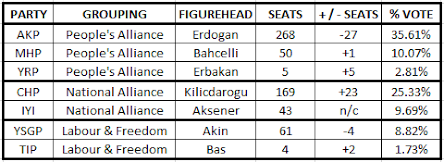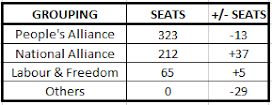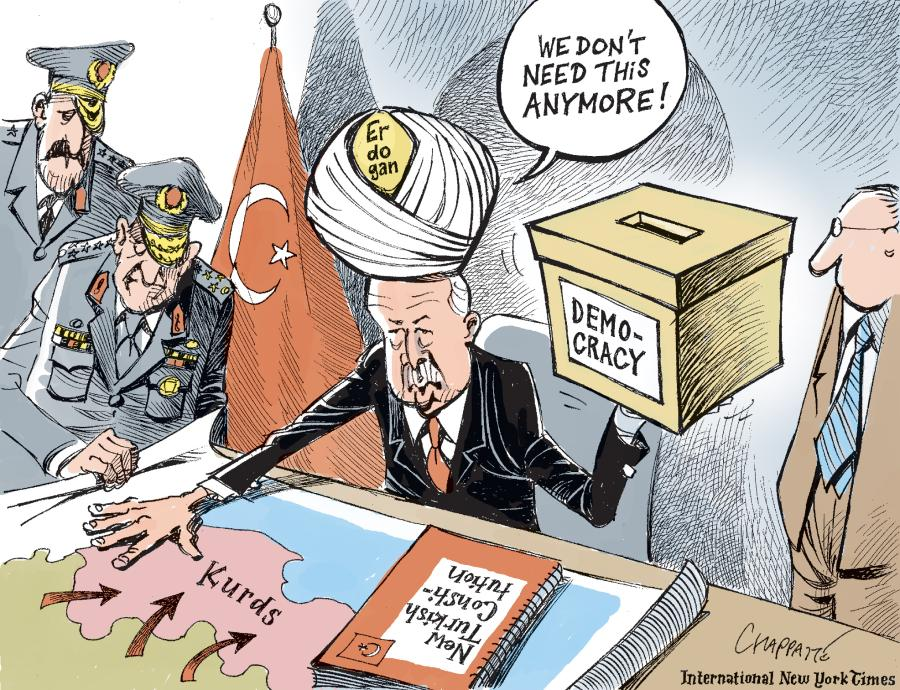PRESIDENTIAL ELECTION
The Turkish Presidential elections took place on Sunday 14 May 2023. According to the Article 101 of the Constitution of Turkey, (amended following the 2017 constitutional referendum), any political party that has won 5% of the vote in the previous parliamentary level election can put forward a candidate. Any remaining potential candidates are required to collect at least 100,000 signatures. There were 4 candidates listed on the ballot paper however one - Muharran Ince, withdrew before the vote. The remaining three - Recap Erdogan, Kemal Kılıçdaroğlu & Sinan Ogan stood and received nominations from the various Turkish political parties.
The result was inconclusive, with no candidate winning over 50% of the vote meaning that the top two placed candidates would face a run-off election on Sunday 28 May. The incumbant - Recep Erdogan, won the second round and remained President.
The result was inconclusive, with no candidate winning over 50% of the vote meaning that the top two placed candidates would face a run-off election on Sunday 28 May. The incumbant - Recep Erdogan, won the second round and remained President.
First Round Results (14 May)
PARLIAMENTARY ELECTION
The Parliamentary election took place on 14 May at the same time as the first round of presidential voting. There were a total of 24 parties standing as well as independents, and voters were electing all 600 Members of Parliament to the Grand National Assembly of Turkey. The election uses a D'Hondt method of calculation, spread across 87 Districts. To try to widen the range elected, the cut-off threshold was lowered from 10% to 7% As a result, significant horse trading takes place prior to the election so that 'allied' parties don't trip over each other and basically they line up in 5 main alliances/blocs that do not compete against each other with the rest being non-aligned.
There were also a further 12 political parties that could have stood but chose not to.
The Parliamentary election took place on 14 May at the same time as the first round of presidential voting. There were a total of 24 parties standing as well as independents, and voters were electing all 600 Members of Parliament to the Grand National Assembly of Turkey. The election uses a D'Hondt method of calculation, spread across 87 Districts. To try to widen the range elected, the cut-off threshold was lowered from 10% to 7% As a result, significant horse trading takes place prior to the election so that 'allied' parties don't trip over each other and basically they line up in 5 main alliances/blocs that do not compete against each other with the rest being non-aligned.
There were also a further 12 political parties that could have stood but chose not to.







No comments:
Post a Comment